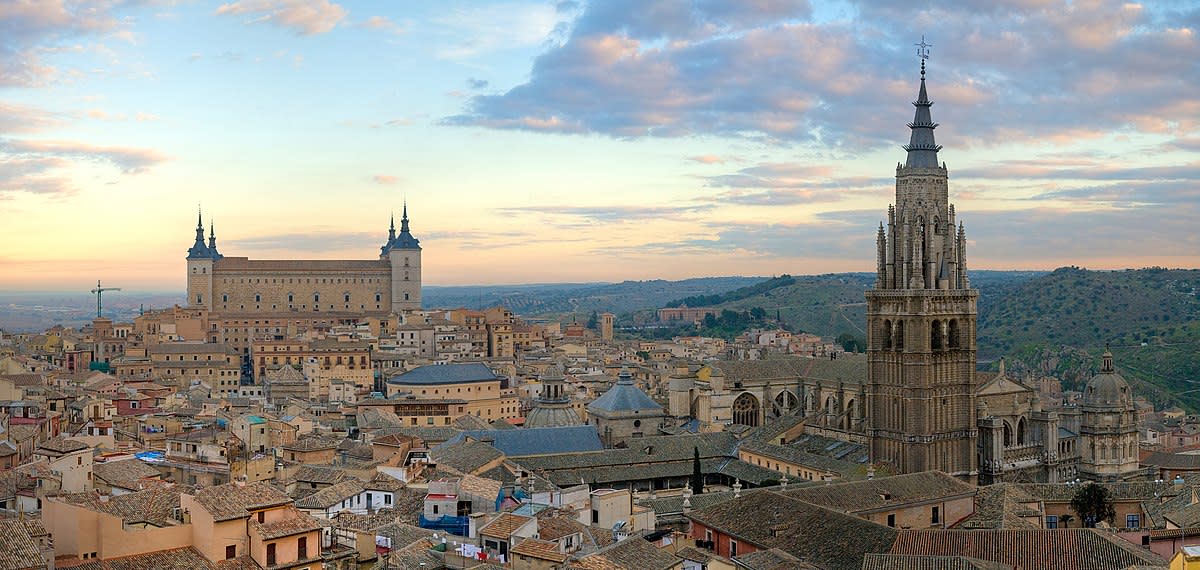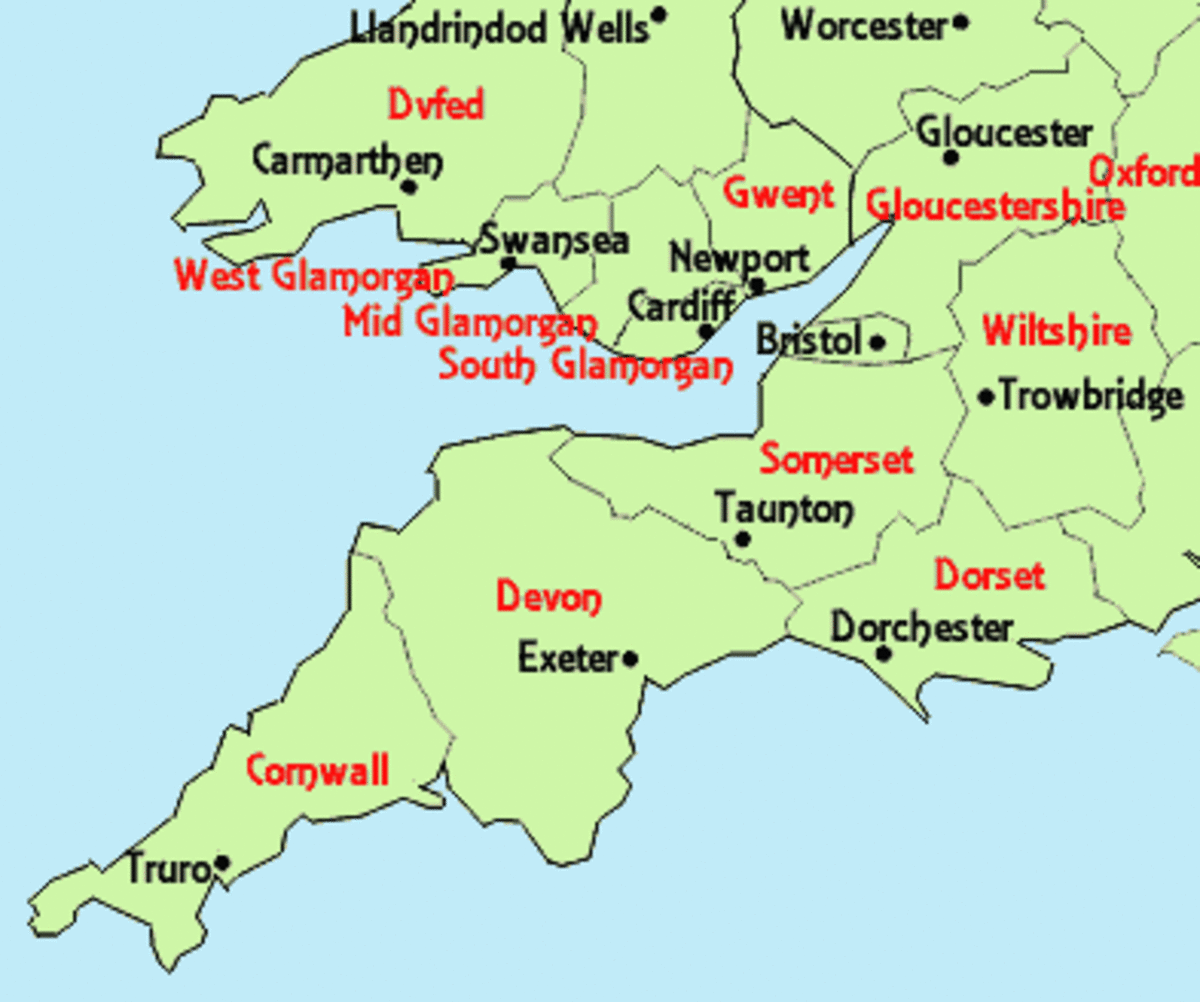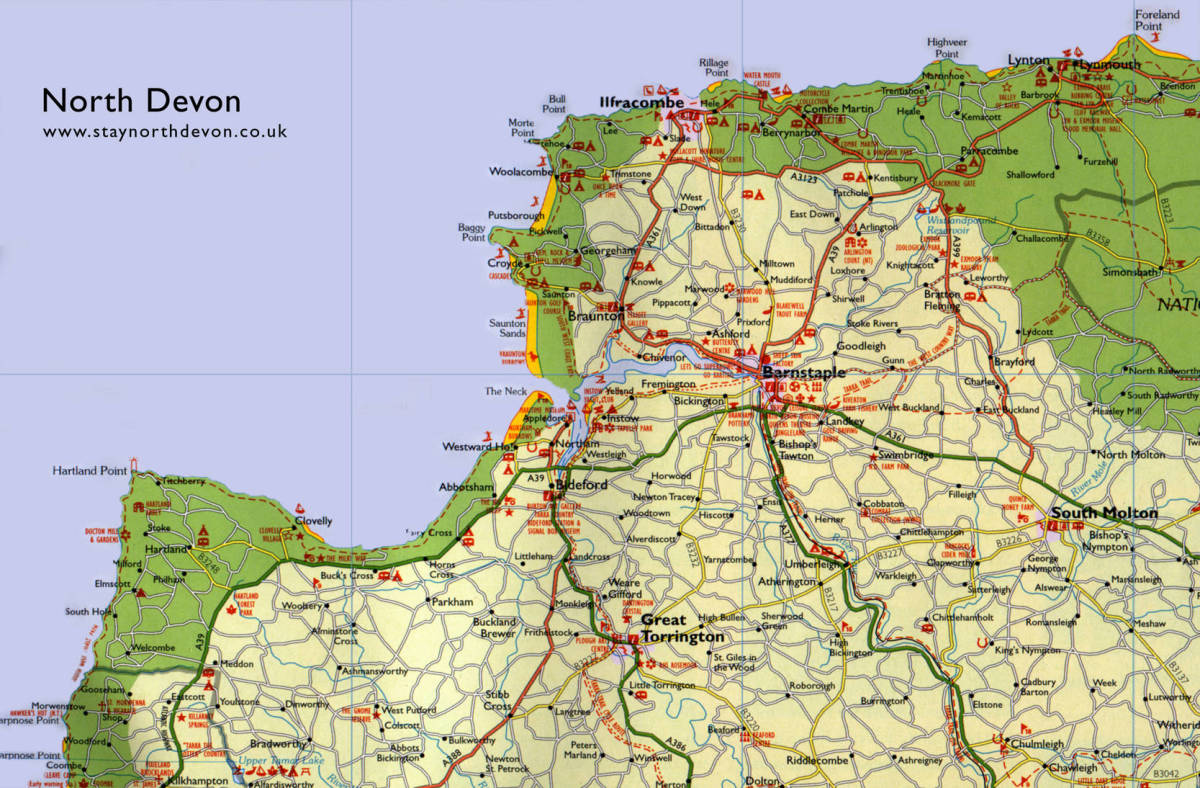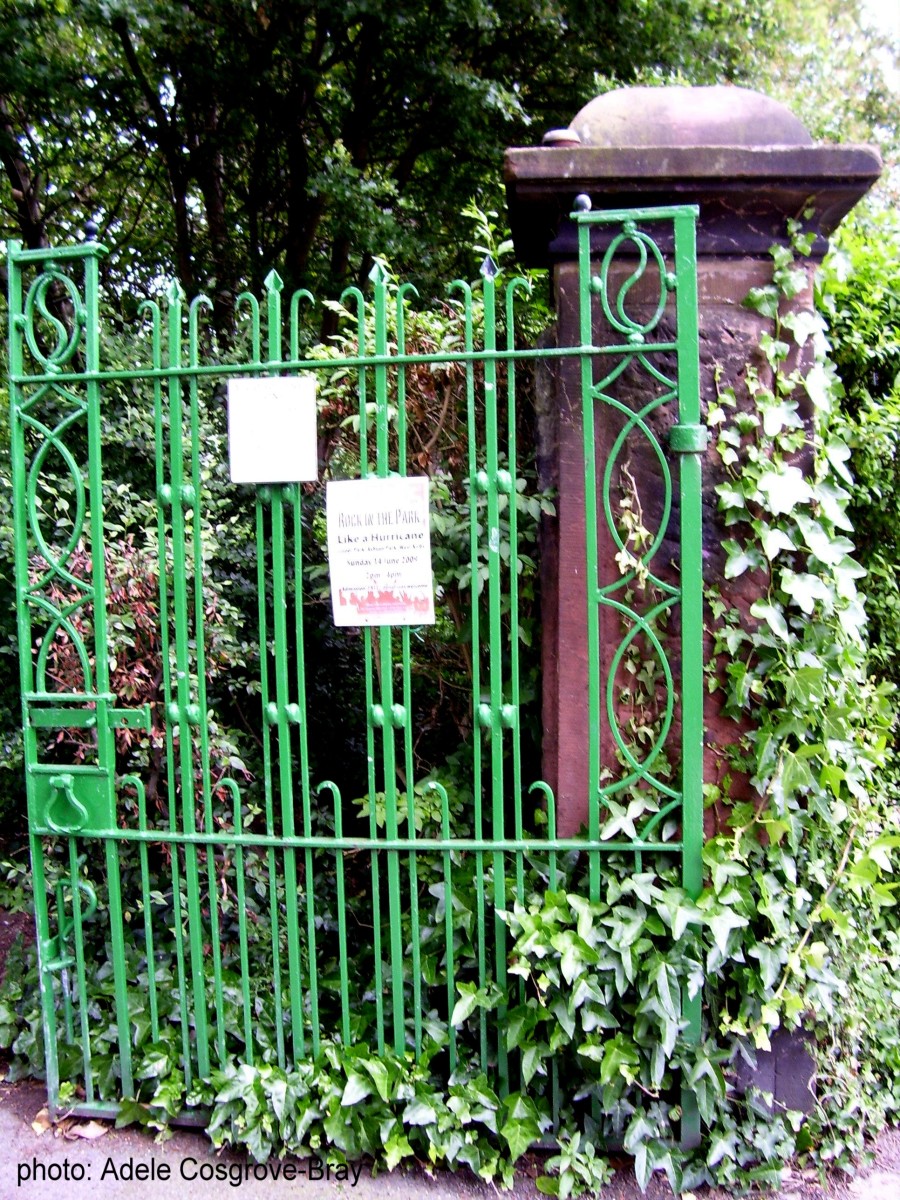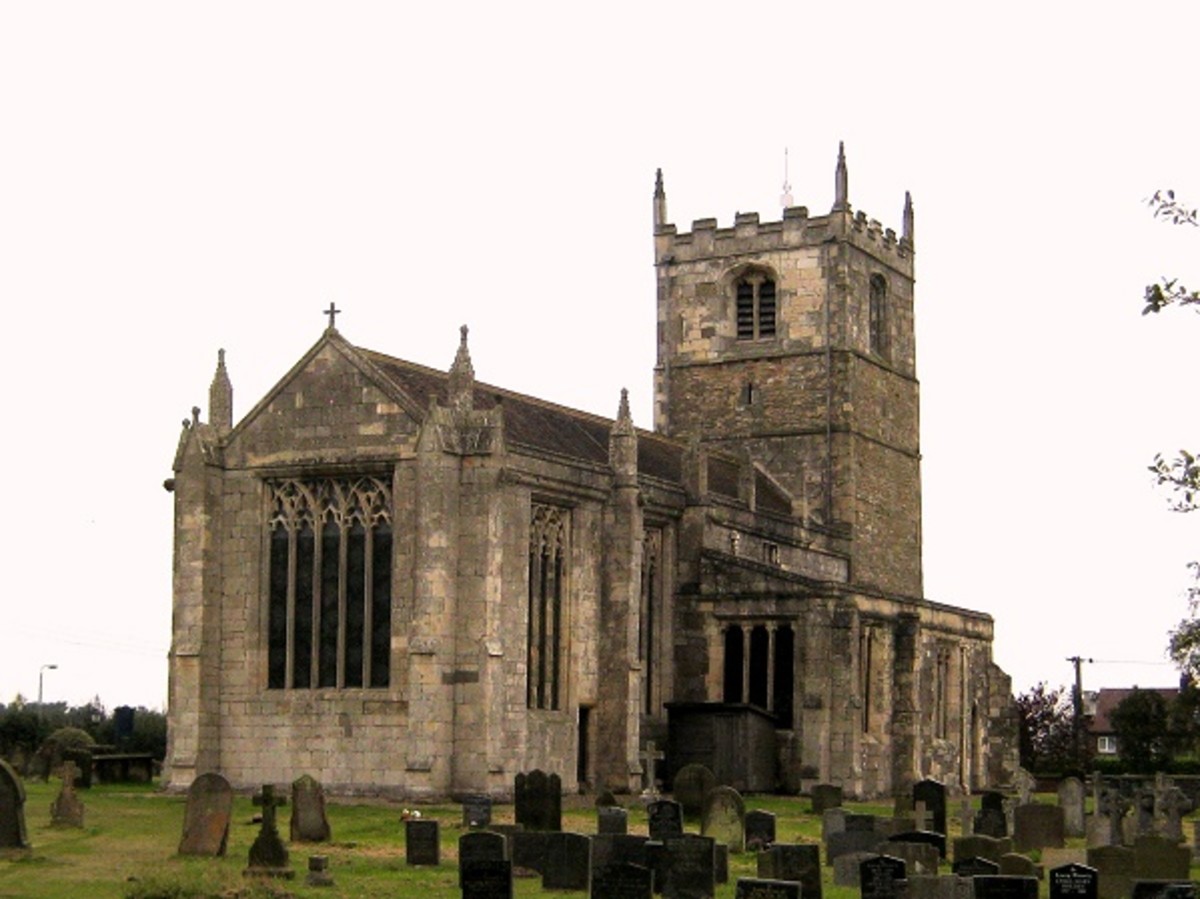- HubPages»
- Travel and Places»
- Visiting Europe»
- United Kingdom»
- England
Visiting the White Cliffs of Dover, Kent, England: Iconic Chalk Backdrop to Historic Events

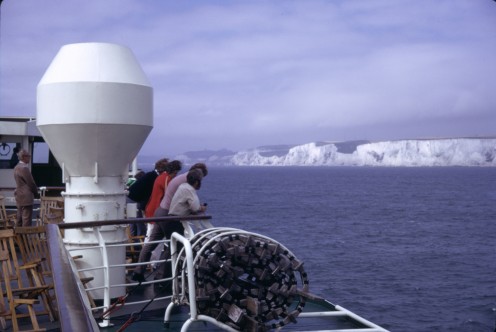
Monolithic and symbolic
The iconic White Cliffs of Dover have been a backdrop to stirring historical events in the history of England. They are also seen by many visitors; for not a few of these visitors, Dover is a place that one goes through, rather than to, so to speak, because it is a busy English Channel ferry port (1).
These chalk cliffs rise in places to 110 metres and are visible from northern France on a clear day. In 1940, much of the military evacuation from Dunkirk was carried out with vessels which plied to and from Dover; and the pivotal Battle of Britain occurred substantially over the skies of Kent, as wave after wave of Nazi German bombers crossed the English coast in support of the unsuccessful Operation Sealion invasion plan.
The While Cliffs of Dover are thus somewhat of a symbol of Great Britain's insularity (2). During World War Two they were celebrated in song by personages such as Dame Vera Lynn.
Interestingly, in Medieval times Calais, the French port and city opposite the White Cliffs and regularly visible from Dover, belonged to the English Crown; Calais was lost by England in the 16th century during the reign of Mary I.
Atop the White Cliffs are the prominent, rectangular lines of Dover Castle. Dating from the 11th and 12th centuries, it served as a significant fortress during the Napoleonic Wars and even during World War Two. Crown Prince Louis of France notably tried and failed to capture the Castle in 1216.
Historical personalities associated with Dover include King Charles II (reigned 1660-1685), who famously landed at Dover from exile at the beginning of his reign, and Thomas Tallis, 16th century musical composer who served at Dover Priory.
With the advent of air travel and Eurotunnel, the White Cliffs have not in recent decades been as a familiar sight for international travellers to and from England, but previously they were memorably the first and last sight of England for countless voyagers.
September 6, 2017
Notes
(1) In recent decades the nearby Eurotunnel linking Folkestone with Sangatte in northern France has offered competition to Dover's ferry port.
(2) France's General Charles de Gaulle once famously commented that England will always choose the open sea in preference to Continental commitments.
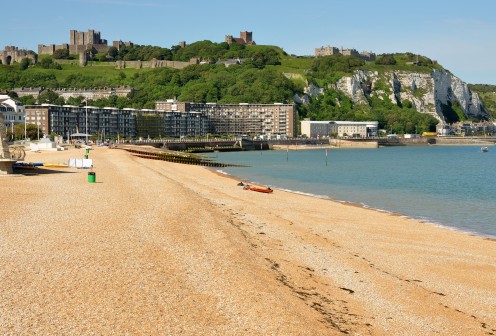
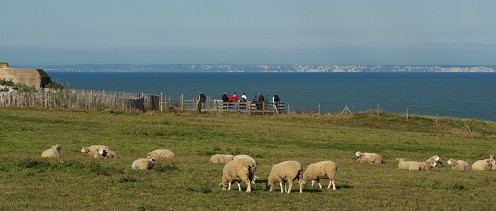
Also worth seeing
Dover has a number of fine examples of ecclesiastical architecture, including the ruined St James' Church, which has a well preserved Norman arch dating from the 11th century; the Duke of Wellington, victor of the Battle of Waterloo and subsequently Prime Minister, presided over the Court of the Barons of the Cinque Ports, of which he served as Lord Warden, in 1851; an octagonal chapel, originally Baptist, now Unitarian, dates from 1820.
Calais, France (39 kilometres by sea), a short trip from Dover — an easy day excursion — this major port city has much historic architecture, some of it Medieval; among its well known structures are the conspicuous Flemish belfry of its Town Hall and the famous statue by Rodin, the Burghers of Calais.
...
How to get there: United Airlines flies from New York Newark to London Heathrow Airport, where car rental is available. There are rail and coach links from London to Dover. Scheduled flights to nearby Lydd Airport (London Ashford) operate from Le Touquet, Northern France. Please check with the airline or your travel agent for up to date information.
MJFenn is an independent travel writer based in Ontario, Canada.
Other of my hubpages may also be of interest
- Visiting Lydd, England: aviation heritage and Medieval Cinque Port associations
Lydd, in England's County of Kent, has heritage both from the world of aviation but also dating from the Middle Ages. Aviation heritage Its very proximity to the English Channel made it an ideal base for civilian car ferry airplanes. The airport... - Visiting gardens of Calais, France: a Flemish Town Hall belfry, Rodin's 'The Burghers of Calais' and
Poignant memories of World War Two and a famous sculpture in front of Calais's City Hall, with its amazing Flemish belfry, combine to offer a rich historical and architectural heritage.

